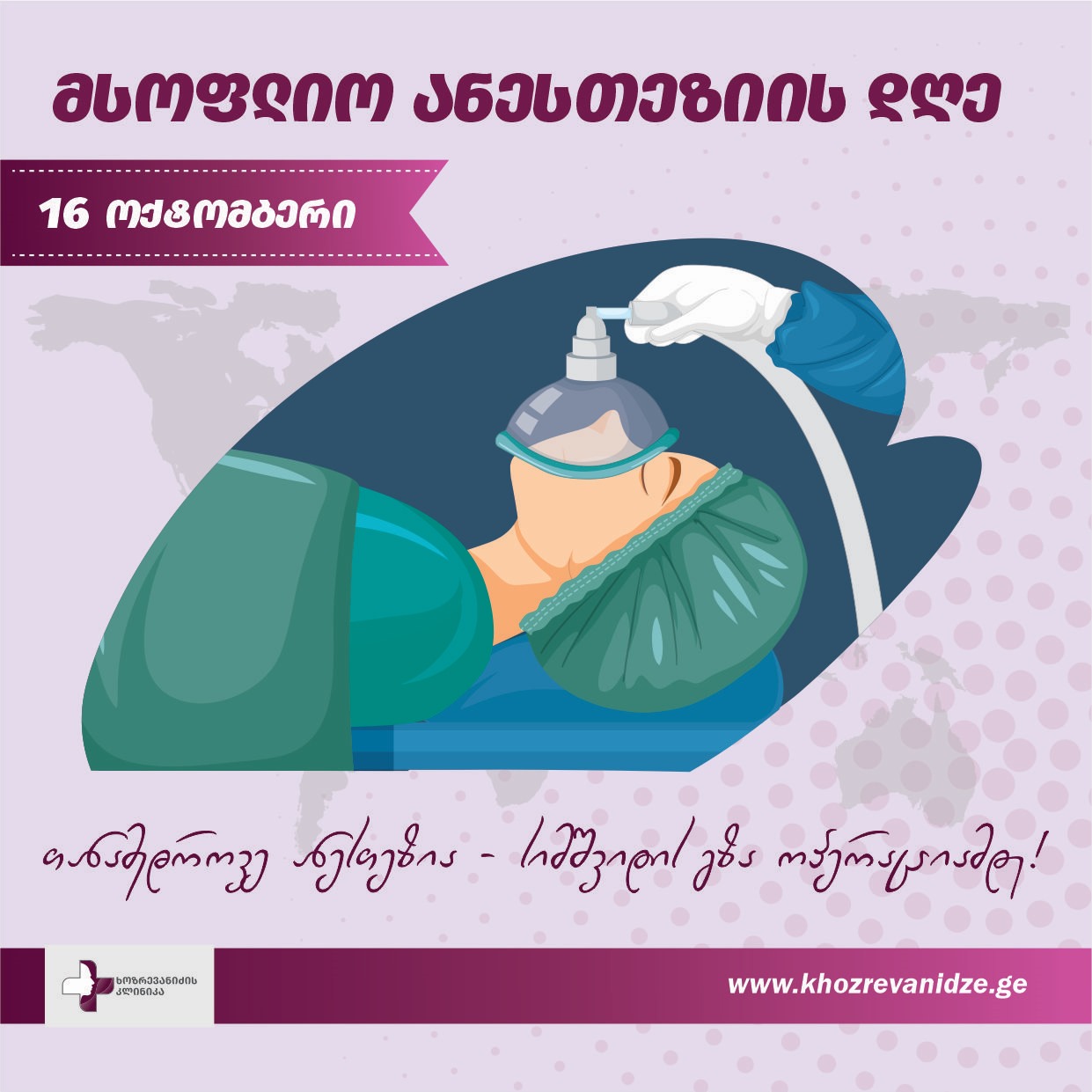Modern Anesthesia: The Path to Calm Before Surgery
2025-10-16
History of Anesthesia
For centuries, surgeries in medical history were extremely painful and difficult. Everything changed on October 16, 1846, when the first successful surgical operation using ether was performed in Boston.
In the 19th century, ether or cocaine were sometimes used, but their effects were often incomplete and harsh, presenting a major challenge for medicine.
In the 20th century, medicine introduced controlled anesthesia with heart rate and breathing monitoring, which significantly increased patient safety.
Today, thanks to modern equipment and medications, surgery can be not only safe but also individually adapted, comfortable, and peaceful for each patient.
Why We Fear Anesthesia
Fear of anesthesia is a completely natural reaction. Many people are afraid of losing control over their body, not waking up, or have heard negative stories from older methods.
Thoughts about possible health risks — allergies, side effects of medications, or complications — increase stress even more.
It is important to understand that modern anesthesia is fully controlled by doctors, which greatly reduces stress and fear. Every procedure is carefully monitored with advanced equipment, the anesthesiologist observes everything in real time, and patient safety is fully ensured.
Achieving Calm Before Surgery
The most important path to calmness for the patient is information.
A preoperative consultation with the anesthesiologist allows the patient to ask all questions — what medications will be used, how long the procedure will last, what to expect upon awakening.
Breathing exercises, meditation, or a short psychological consultation can further reduce fear.
Trust in professionals, constant communication with the doctor, and following medical recommendations regarding diet, fluids, and medications create the foundation for psychological peace — which in turn positively affects the success of the operation.
Comfort and Safety During Surgery
Modern anesthesia allows the patient to remain pain-free, physically safe, and emotionally calm throughout the operation.
Awakening happens without stress, the body is protected from complications, and monitoring continues 24/7.
An individual approach for each patient ensures that anesthesia is not only safe but also a maximally comfortable experience.
Precise monitoring of heart rate, blood pressure, oxygen level, and breathing — along with innovative equipment and personalized dosing — creates a surgical process that ensures peace and safety for the patient.
Modern anesthesia means peace, comfort, and safety during every operation.
Fear is a natural reaction — but knowledge, trust in doctors, and being well-informed greatly reduce it.
October 16, the Day of Anesthesia, reminds us that modern medicine allows us to return to health without pain and undergo surgery with peace of mind.